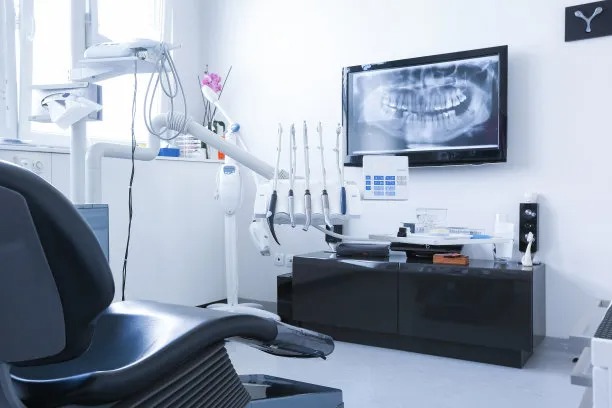The Essential Guide to Safely Extracting a Tooth at Home for Pain Relief and Oral Health
Summary: Proper tooth extraction at home can relieve pain and improve oral health, but it requires careful preparation and consideration. This guide discusses the importance of assessing the situation, preparing the necessary tools, following safe extraction techniques, and ensuring post-extraction care to minimize risks. Whether dealing with a non-restorable tooth or simply seeking relief, understanding these aspects can make the process safer and more effective, while reducing complications and promoting healing.
1. Assessing the Need for Tooth Extraction

Before you consider extracting a tooth at home, it is crucial to assess whether this is the right option for your specific situation. Not all dental problems require tooth extraction; some may need professional intervention. Common reasons include severe decay, infection, or overcrowding. Self-assessing these conditions can help determine the urgency and necessity of the extraction.
Moreover, it is advisable to consult with a dentist if possible. A professional can provide insight into your dental issue, inform you of alternatives, and clarify whether home extraction is safe or advisable. Ignoring symptoms or trying to extract a tooth unnecessarily can lead to complications and greater pain.
An accurate self-assessment can help you weigh the risks and benefits of tooth extraction, ensuring you are well-informed before proceeding with the next steps.
2. Preparing the Necessary Tools and Environment
Once you’ve assessed your need for extraction, the next step involves gathering the proper tools and preparing your environment. Cleanliness is paramount; disinfect your tools and ensure that the extraction area is free of dirt and bacteria. Common tools include a pair of dental forceps, gauze, and antiseptic solutions.
Additionally, you should create a comfortable environment that minimizes distractions. Choose a well-lit space where you can see clearly as you work. Having all tools at hand can make the process smoother and less harrowing, reducing potential anxiety you might feel about the extraction.
Taking the time to prepare everything allows you to remain focused and proceed in a calm manner, which is essential in ensuring a successful extraction.
3. Safe Techniques for Tooth Extraction
Conducting a tooth extraction safely at home requires specific techniques to reduce pain and risk. Begin by numbing the area with a topical anesthetic to ease discomfort. Once numbed, gently wiggle the tooth back and forth rather than pulling it straight out. This method can help loosen the tooth from the surrounding gum tissue, facilitating an easier and less traumatic extraction.
Employ caution throughout the procedure. Avoid using excessive force, which can lead to fractured teeth or damage to neighboring teeth or gums. If you encounter significant resistance, it is wise to stop and seek professional help, as further attempts can escalate the risk of complications.
To ensure minimal discomfort, consider using a gentle twisting motion while gradually applying pressure. Patience is key to achieving a successful extraction without undue pain or complications.
4. Post-Extraction Care and Recovery
After successfully extracting the tooth, post-extraction care is vital for proper healing. Begin by applying gauze to the extraction site to control bleeding. It’s normal to experience some bleeding, but if it persists after 30 minutes, you may need to consult a dentist.
Once the bleeding has subsided, focus on pain management. Over-the-counter pain relief medications like ibuprofen can help alleviate discomfort. Avoid hot, spicy, or crunchy foods for the first few days to prevent irritating the area. Instead, opt for soft foods and stay hydrated.
Lastly, monitor the extraction site for signs of infection, such as increased pain, swelling, or discharge. If any complications arise, its critical to seek dental assistance quickly to prevent further issues and ensure a smooth recovery.
Summary: Extracting a tooth at home is a viable option under specific conditions, emphasizing the need for proper assessment, preparation, technique, and aftercare. Understanding these factors can empower individuals to handle their dental issues more effectively. Although home tooth extraction can be done safely, it is always recommended to consult with a dentist to mitigate risks. Prevention and professional help should always be the first line of action in dental care.
This article is compiled by Vickong Dental and the content is for reference only.



